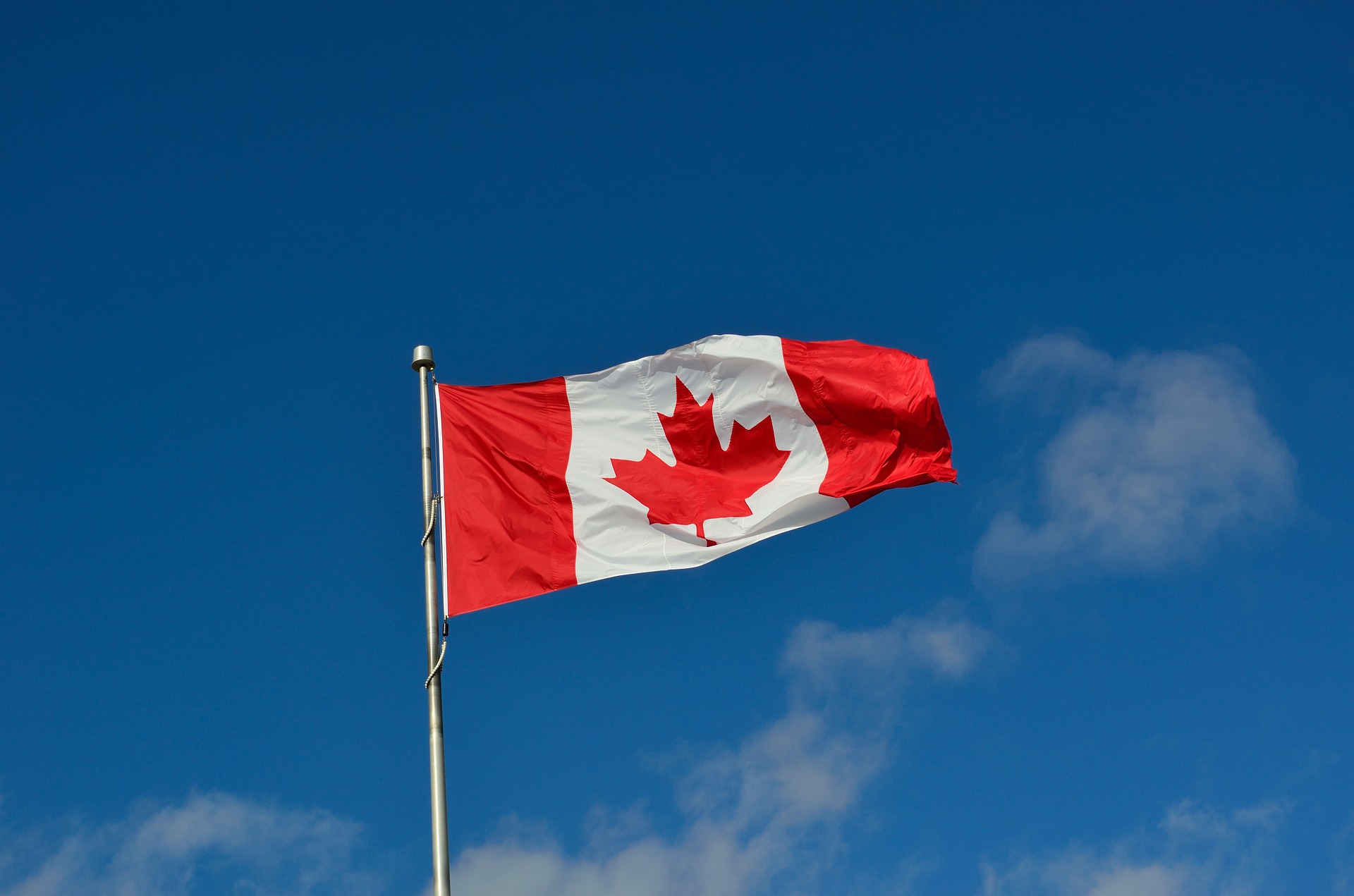



Original from: Medtech Dive
In case you missed it, the Medical Device Regulations in Canada quietly got updated in December 2020. The new regulation intends to boost post-market safety and requires manufacturers to submit a summary report, which is similar to the post-market Periodic Benefit-Risk Evaluation Report (PBRER) required for pharmaceuticals in Canada. This new requirement goes into effect on 18 Dec. 2021.
If you market products in Canada, it's important to know that you can lose your license if you don't comply. Health Canada is also historically very rigid with respect to deadlines, so don't expect an extension unless you have an agreement from the regulatory body.
Medical device manufacturers currently have limited requirements for regular reporting after a product has gone to market. Recalls, serious events, vigilance events and certain other types of information must be reported, and manufacturers must respond to requests from Health Canada.
The amendments to the Medical Devices Regulations that published in the Canada Gazette, Part II (CGII) in 2020 are:
Much like the Periodic Safety Update Report (PSUR) in the EU, a summary report is intended to provide a snapshot of what's happening with the device in the marketplace and how it impacts the benefit or risk of using that device. Summary reports must be submitted every two years for Class II devices and every year for Class III and IV devices. Manufacturers must report any adverse events that have happened with the device and anything that was reported by the importer or the distributor. Customer complaints must also be included from Canada and anywhere else the device is sold. One possible outcome is that manufacturers may have to change labeling or warnings as a result of the report.
These reports are triggered by Health Canada typically if there has been an incident, customer complaint or other reason to suspect the device might not meet safety and effectiveness requirements. The report must include:
Typically, issue-related reports must be submitted in 30 days, and sometimes less if there is concern about serious risk.
By this date, you need to have your quality management system address the new requirement for summary reports and issue-related analyses. Health Canada has not said that the first reports must be completed, but the law does take effect on that date, and manufacturers should be prepared to comply with at least a plan that lays out a timeline for completion. You should definitely plan to have summary reports for Class III and IV devices by December 2022.
For manufacturers that also sell in the EU, you are largely in compliance with the Canadian regulation if you fulfill all of the requirements of the PMS plan and PSUR required by EU MDR. In fact, if you have an EU MDR PSUR and you add the Canadian sales and information you can utilize one report to satisfy both regions. Manufacturers that sell only in Canada may have some work to do to prepare for the new requirements.
Canada has acknowledged that they will accept a report from another region as long as you address the Canadian-specific requirements, so you can modify your PSUR for Health Canada. However, it's important to know these differences about the summary report if you take this approach. Important distinctions include:
Issue-related analysis is not typically in the PSUR and requires a more focused response.
Whether you have a PSUR you can adapt or need to start from scratch, follow these tips for a more efficient submission process.
Health Canada allows you to group devices in a single summary report, so take advantage of this efficiency when appropriate. Keep your groups aligned with product families and be aware of your product lifecycles. Avoid grouping products that will be removed from the market.
Understand how your sales are reported from the business side. Sometimes the way they're credited to different regions is different from the way you group them in your report.
Have good control of product names (aliases) and be consistent with other documentation. This may seem simple, but it can trip people up because devices sometimes have different names in different regions.
Be aware of how you group adverse events and make sure the terminology aligns because it could affect how you do your data analysis. For example, if patient complaint data references "red inflamed skin" but clinical data says "infection," the data analysis could be inaccurate if the terminology is not reconciled.
Start soon and try to create a summary report. It's going to take longer than you think to create it (even with the PSUR).
Be prepared to follow up on issues uncovered in the process of preparing a summary report. Make sure you have mechanisms in place to make changes if necessary, including labeling, registration, the instructions for use and so on.